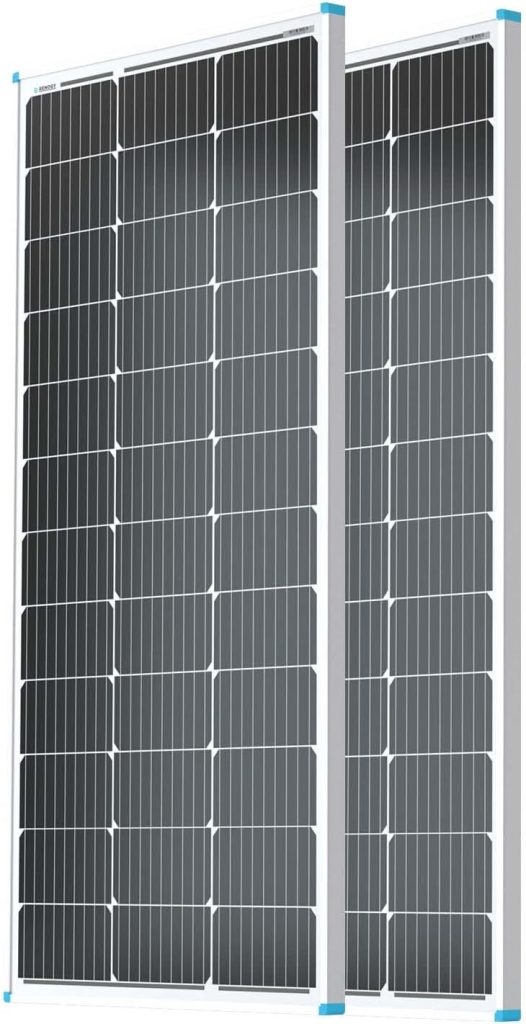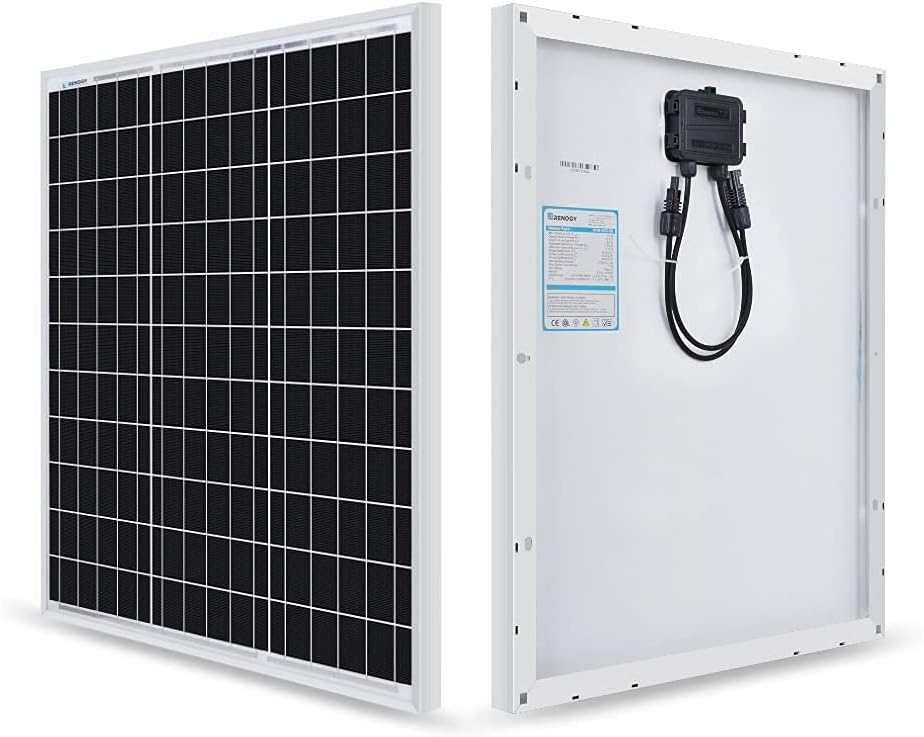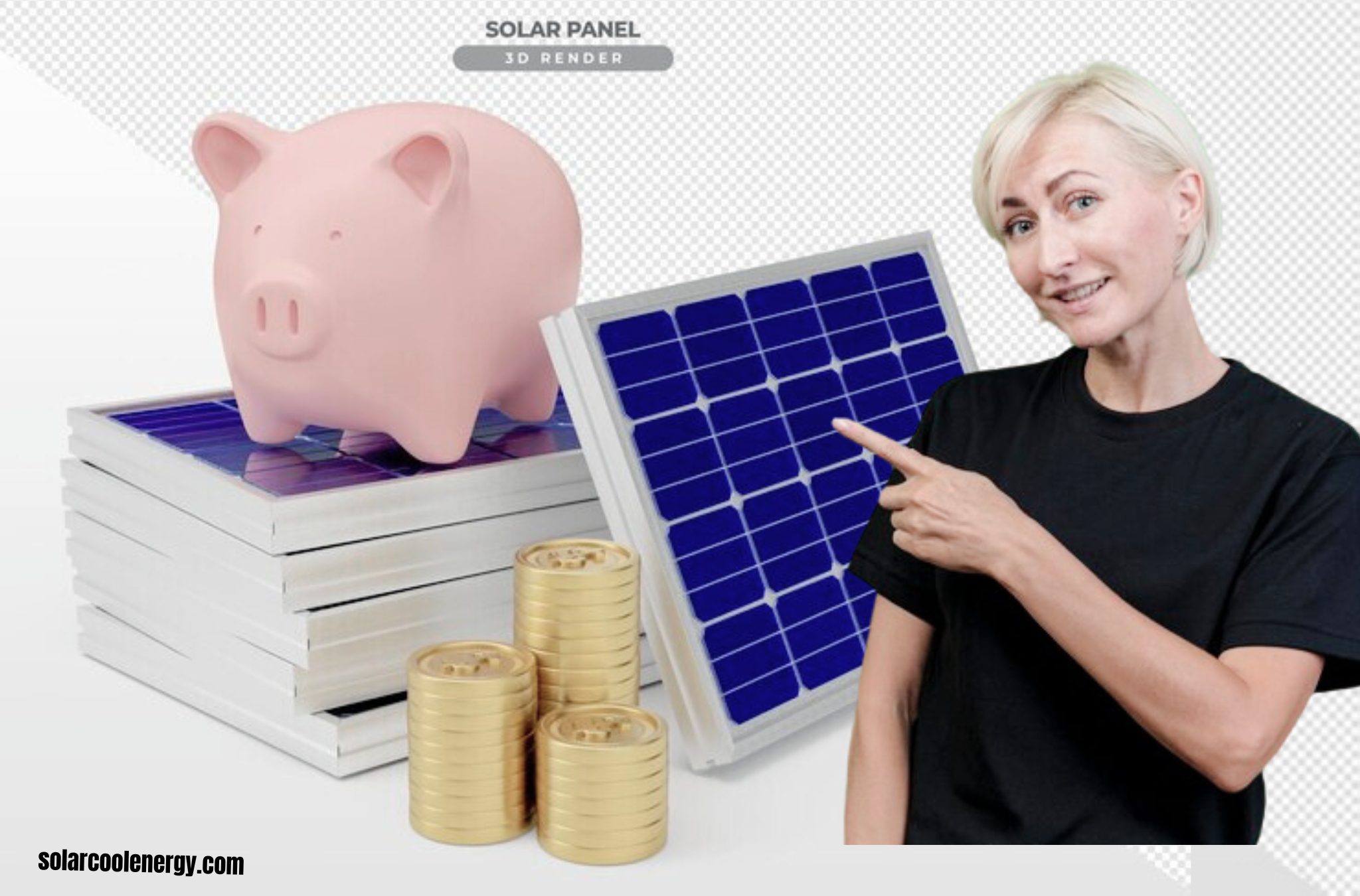Solar panels so Expensive due to the complex components and technical expertise required for installation. The cost of solar energy is not solely attributed to the expensive nature of every piece.
Additionally, corporate welfare and incentives can cause companies to raise costs for solar products such as solar panels, contributing to their high prices. As the demand for renewable energy sources increases, solar panels have become an attractive option. However, the initial investment in solar panels can be a significant financial commitment for many individuals and businesses.
The complex components and high-tech nature of solar panels, along with the need for specialized expertise during installation, contribute to the overall cost. Additionally, government incentives and corporate welfare can also impact the pricing of solar panels, causing them to be relatively expensive. Understanding these factors can provide valuable insights into why solar panels are priced the way they are.
Solar Panel Manufacturing Costs
In recent years, the adoption of solar panels as a renewable energy source has significantly increased. However, one of the key barriers to widespread adoption is the high cost associated with solar panel installation. The expenses involved in the manufacturing process play a major role in driving up the overall cost of solar panels. This article delves into the various factors contributing to the high manufacturing costs of solar panels, particularly focusing on material costs and research and development expenses.
Material Costs
The material costs involved in manufacturing solar panels constitute a substantial portion of the overall expenses. Some of the primary materials include:
Silicon: A key component in photovoltaic cells, high-purity silicon is a major contributor to the production costs of solar panels.
Metals: Various metals such as aluminum, copper, and silver are used for wiring, framing, and reflective layers, adding to the material expenses.
Encapsulation Material: Protective encapsulation such as glass and polymer backsheet are crucial for the durability of solar panels, contributing to the overall manufacturing costs.
Research And Development Expenses
Solar panel manufacturers invest significantly in research and development to enhance the efficiency and durability of solar panels. These endeavors encompass various expenses, including:
Technology Innovation: Manufacturers continually invest in research to develop new technologies that can improve the efficiency and performance of solar panels.
Quality Testing: Rigorous testing procedures are essential to ensure that the solar panels meet industry standards and performance expectations, incurring additional costs.
Sustainability Initiatives: With a focus on environmental sustainability, manufacturers incur costs to develop eco-friendly production processes and materials, influencing the overall manufacturing expenses.
Government Regulations And Incentives
Government regulations and incentives play a significant role in the development and pricing of solar panels. These regulations and incentives drive the cost of solar panels and impact the overall pricing structure. Understanding the influence of these factors is crucial for anyone considering investing in solar energy.
Impact On Solar Panel Prices
Government regulations and incentives have a direct impact on the prices of solar panels. The policies and regulations set forth by governing bodies can increase the overall cost of production and installation of solar panels, leading to higher prices for consumers.
Subsidies And Tax Credits
Subsidies and tax credits offered by the government can significantly affect the pricing of solar panels. These incentives aim to encourage the adoption of solar energy by providing financial benefits to individuals or businesses installing solar panels. However, the availability and amount of these incentives can vary based on geographical location and local government policies, influencing the overall cost of solar panel systems.

Installation And Maintenance Costs
Solar panels are a sustainable and cost-effective energy solution. However, the initial expense of purchasing and installing solar panels can be a significant barrier for many consumers. The high price is mainly driven by various factors including installation and maintenance costs.
Labor Charges
When it comes to solar panel installation, labor charges represent a considerable portion of the overall expense. The complexity of the installation process often requires skilled and specialized labor, contributing to the higher upfront costs.
Operational And Long-term Expenses
After installation, operational and long-term expenses are also significant factors contributing to the overall cost of solar panels. These include maintenance, repair, and insurance costs which can add up over time.
Advancements In Solar Technology
The cost of solar panels has remained a point of concern for many prospective users. However, advancements in solar technology have played a pivotal role in shaping the current state of the solar panel industry. With continuous research and development, the solar industry has witnessed remarkable innovations that have the potential to impact the affordability and accessibility of solar panels on a global scale.
Effect On Affordability
Advancements in solar technology have significantly impacted the affordability of solar panels. The evolution of solar cell technologies, such as the development of more efficient photovoltaic materials and manufacturing processes, has contributed to the reduction of production costs. Additionally, improvements in solar panel design, durability, and energy conversion efficiency have extended the lifespan and performance of solar panels, ultimately offering better value for the investment.
Future Cost Reduction Prospects
The continuous progression of solar technology holds promising prospects for cost reduction in the future. It is anticipated that ongoing innovations in materials, manufacturing techniques, and energy storage solutions will further drive down the production costs of solar panels. Moreover, the integration of emerging technologies such as perovskite solar cells and bifacial solar panels presents opportunities to enhance energy yield and reduce installation expenses, thus paving the way for increased affordability of solar energy systems.
Environmental And Economic Impact
Solar panels have long been admired for their potential to reduce energy costs and their positive impact on the environment. Nevertheless, the high initial cost associated with solar panel installation often deters prospective buyers. Understanding the environmental and economic impact of solar panels is crucial in assessing their long-term benefits versus the initial investment and their viability in global markets.
Long-term Benefits Vs. Initial Investment
The initial cost of solar panels can be a deterrent for many, but it’s important to consider the long-term benefits these panels offer. Solar panels are a sustainable energy solution that reduces reliance on non-renewable resources. Additionally, they contribute to lower energy bills over time and can increase the overall value of a property. When evaluating the cost, it’s important to consider the long-term savings and environmental benefits that solar panels can provide.
The Viability Of Solar Panels In Global Markets
Solar energy is gaining traction in global markets due to its potential to reduce carbon emissions and provide sustainable energy solutions. The growing demand for renewable energy has made solar panels more viable in global markets, leading to technological advancements and reduced manufacturing costs. As a result, solar panels are becoming a competitive and economically feasible energy solution on a global scale.

FAQs For Why Are Solar Panels So Expensive
Do You Really Save Money With Solar Panels?
Yes, solar panels can save you money over time by reducing your electricity bills significantly.
Will Solar Ever Get Cheaper?
Yes, solar prices have started to come down and are expected to drop soon. The pandemic-related equipment shortages caused a slight increase in solar panel prices in the last three years. However, the complex components, technical expertise, and electrical nature of the installation contribute to the overall cost.
Why Are Solar Panel Prices Going Up?
Solar panel prices are going up due to pandemic-related equipment shortages and technical complexities in manufacturing. However, prices are expected to decrease soon.
How Long Does It Take Solar Panels To Pay For Themselves?
On average, it takes about six to ten years for solar panels to pay for themselves. This depends on various factors, such as installation cost and monthly savings.
Conclusion
The high cost of solar panels can be attributed to various factors such as complex components, technical expertise, and the electrical nature of installation. While the price of raw materials like silicon and lithium also plays a significant role in driving up the cost, the long-term benefits of solar energy can still make it a worthwhile investment.
As the industry continues to evolve, it’s likely that advancements and efficiencies will eventually lead to more affordable solar panel options in the future.

